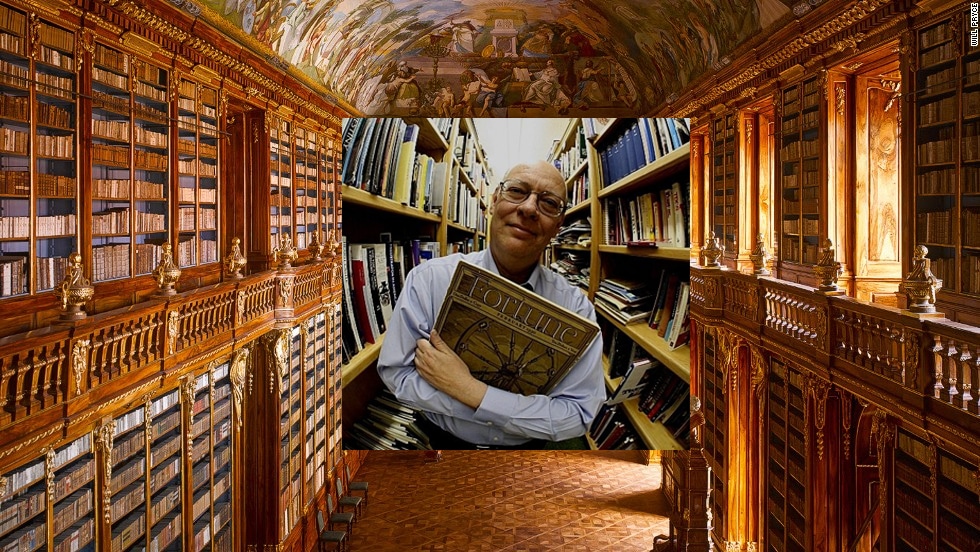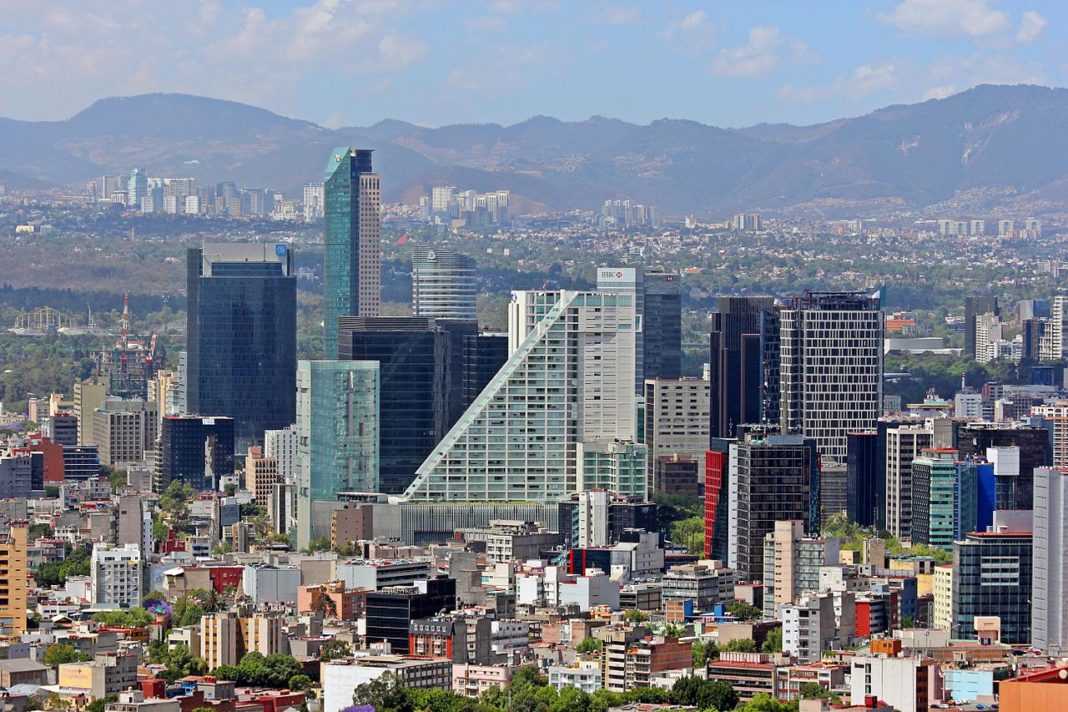|
I grew up in a General Motors factory town. It was not unlike factory towns – and factory districts in big cities – across America. The landscape was dominated by giant buildings, buildings in which things were made, in which muscle power turned into finished products. Loud buildings full of heavy things.
America rose to its position of world power from about 1880 to 1920. This rise was based upon our amazing industrial might. Based upon those factories. While it was the British who gave us the industrial revolution, and the Germans took it ahead another step, especially in steel and chemicals, it was America where it was most astonishing. From the steel mills of Bethlehem and Pittsburgh to the expansive industrial districts of Chicago, from the motor city to the packinghouses of Cincinnati, the American heartland was also the world’s industry nexus. And major coastal centers like New York, Philadelphia, and Los Angeles were much more important as manufacturing centers than most people realize.
It was this industrial might, and our ingenuity and organizational skills, which played such a key role in winning two world wars. As has been said, if it weren’t for General Motors and their ilk, today we’d all be speaking German.
In my hometown with its population of 60,000, about 27,000 worked at General Motors. Three shifts a day. At 3PM each day the giant factory “whistle” – more of a horn – went off to alert thousands of Moms that Dad was on the way home. You could hear it for miles.
Today, as I discussed in a recent post, that industrial age is over. We move on to the next evolution of our economy. But it would be a shame to forget the majesty, power, and historic significance of the industrial age. I have toured hundreds of local history museums, and often they spend more time explaining wooly mammoths and Native Americans than our industrial heritage, even in the most significant manufacturing centers.
Across America, some civic leaders are hell-bent on demolishing these great structures in their faded glory. The Brits and Europeans do a better job of preserving the best examples of their industrial heritage, although the textile mill complex at Lowell, Massachusetts, a national historic park, is world class. And in some of our cities, old industrial and warehouse buildings are becoming loft apartments – check out the west side of Chicago’s downtown Loop.
There are relatively few books which illustrate the glory and power of the buildings and structures of the American industrial age. The best one, by far, is Industry, Architecture, and Engineering: American Ingenuity 1750-1950 by Louis Bergeron and Maria Teresa Maiullari-Pontois (2000, Harry Abrams). It is telling that this was originally a French book – celebrating the USA – and was only later translated into English. Its hundreds of beautiful black and white photographs – appropriate for the gritty industrial subjects – tell the full story of American industry, from the iron age to the jet age. From blast furnaces to bridges, textile mills to warehouses, it’s all here. I cannot think of another single volume which will give you a better feel for what the industrial age was really like, in all its power and glory. Now that this book has a few years on it, it is not readily available in bookstores, but you can find bargains on clean new and used copies.
|
|













Hey Gary – I came across this blog filled with some great images of old Russian architecture and industrial areas. Thought you might like it since you just went to Russia. And it might fit in with this post. It’s not organized the best. Each page has different links at the bottom, so going down one path won’t give you the same options as another.
Pages to look for: Stalin’s Lost Railway, The End of the Empire and the abandoned house on the first page…
http://englishrussia.com/?p=1808
Comments are closed.